Rabbits are adorable and cuddly pets that can brighten up any home. However, as a responsible pet owner, it’s important to be aware of the potential health issues that can arise in these furry friends. One such issue is urinary tract blockage, which can be a serious and even life-threatening condition if left untreated. As a rabbit owner, it’s crucial to keep an eye out for the early signs of a urinary tract blockage so you can seek veterinary care as soon as possible. In this blog post, we’ll discuss the symptoms of urinary tract blockage in rabbits so you can be better equipped to care for your furry friend.
Rabbits are known to be delicate creatures, and as a pet owner, it is essential to keep an eye out of-feeding-avocados-to-chihuahuas/”>for their well-being. One of the most common health issues that rabbits face is urinary tract blockage. This condition is not only painful but can also be fatal if left untreated. In this post, we will uncover the signs of urinary tract blockage in rabbits and the symptoms you need to watch out for.
- Straining to Urinate
If you notice your rabbit straining to urinate, it is a clear sign that something is wrong. This could be an indication that there is a blockage in their urinary tract. The rabbit may also take a long time to urinate and may only produce a small amount of urine. -
Blood in Urine
If you see blood in your rabbit’s urine, it is a clear sign that something is not right. In most cases, blood in the urine is caused by a urinary tract blockage. The blood may be visible in the urine or may only appear as a pinkish tinge. -
Loss of Appetite
Urinary tract blockage can cause pain and discomfort, making it difficult for rabbits to eat. If you notice that your rabbit has lost their appetite, it could be a sign of a urinary tract blockage, and you should seek veterinary attention immediately.
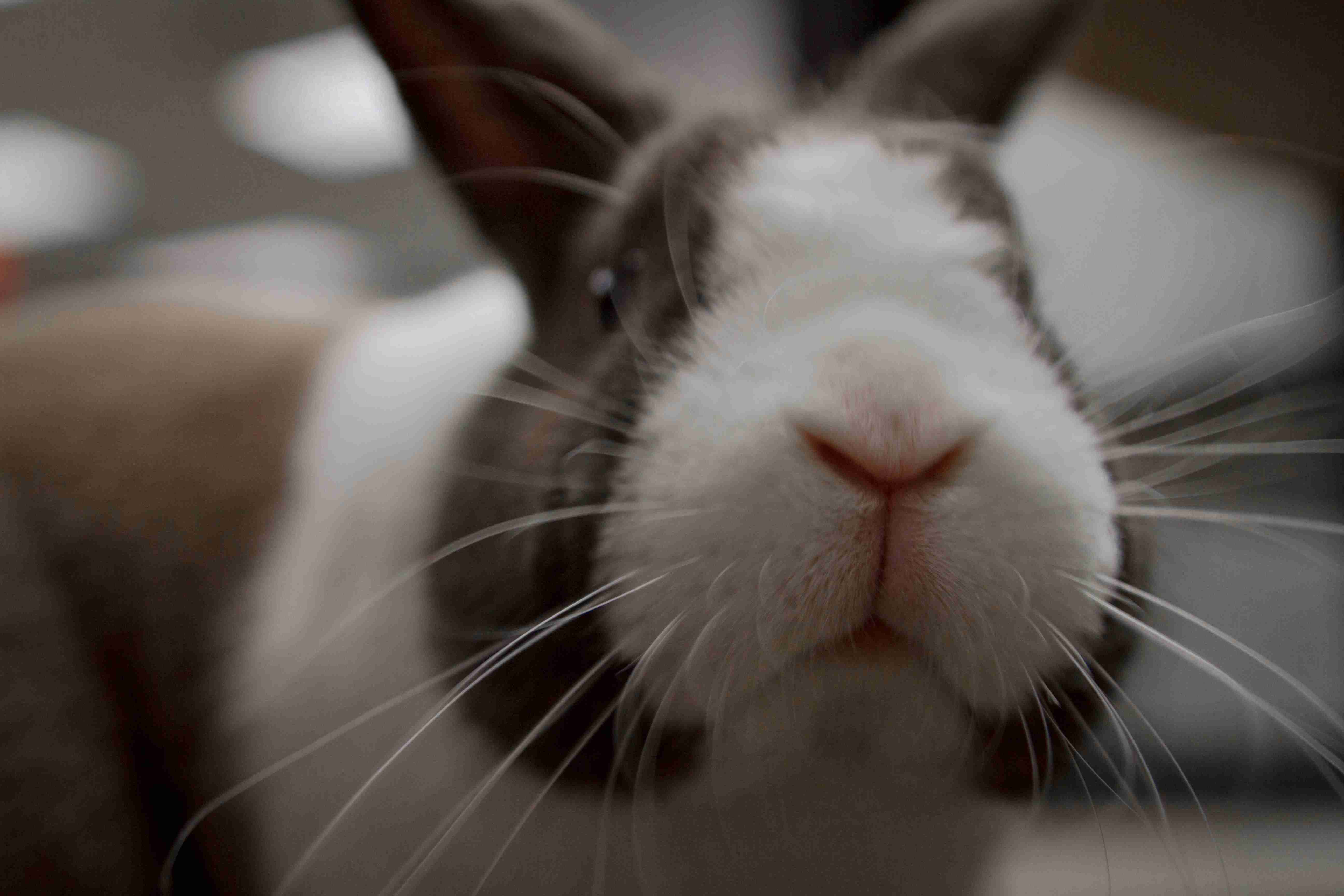
- Lethargy
Lethargy is a common symptom of many illnesses, and it is also a symptom of urinary tract blockage. If your rabbit is not as active as usual and seems to be sleeping more, it could be a sign that they are unwell. -
Restlessness
On the other hand, some rabbits may become restless and agitated when they are experiencing a urinary tract blockage. They may be in pain and may not be able to find a comfortable position. If your rabbit is restless and seems uncomfortable, it’s essential to take them to the vet. -
Straining to Defecate
Urinary tract blockage can cause constipation, making it difficult for rabbits to defecate. If your rabbit is straining to defecate or has not defecated in a while, it could be a sign of a urinary tract blockage. -
Swelling in the Abdomen
Swelling in the abdomen is a severe symptom that requires immediate veterinary attention. If your rabbit’s abdomen is swollen or bloated, it could be a sign of a urinary tract blockage or other serious medical condition.
Overall, it is crucial to keep an eye out for these symptoms to detect urinary tract blockage in rabbits early. If you notice any of these symptoms, seek veterinary attention immediately. With proper treatment, most rabbits can make a full recovery from urinary tract blockage.
In conclusion, urinary tract blockage is a serious condition that can affect rabbits of any age or breed. As a rabbit owner, it is important to be aware of the signs and symptoms of this condition, as early detection and treatment can make all the difference in your rabbit’s health and well-being. By keeping a close eye on your rabbit’s behavior and seeking veterinary care at the first sign of trouble, you can help ensure that your furry friend stays happy, healthy, and free from the discomfort of a urinary tract blockage. So, stay vigilant and keep your bunny hopping along!
Please follow us on Social Media


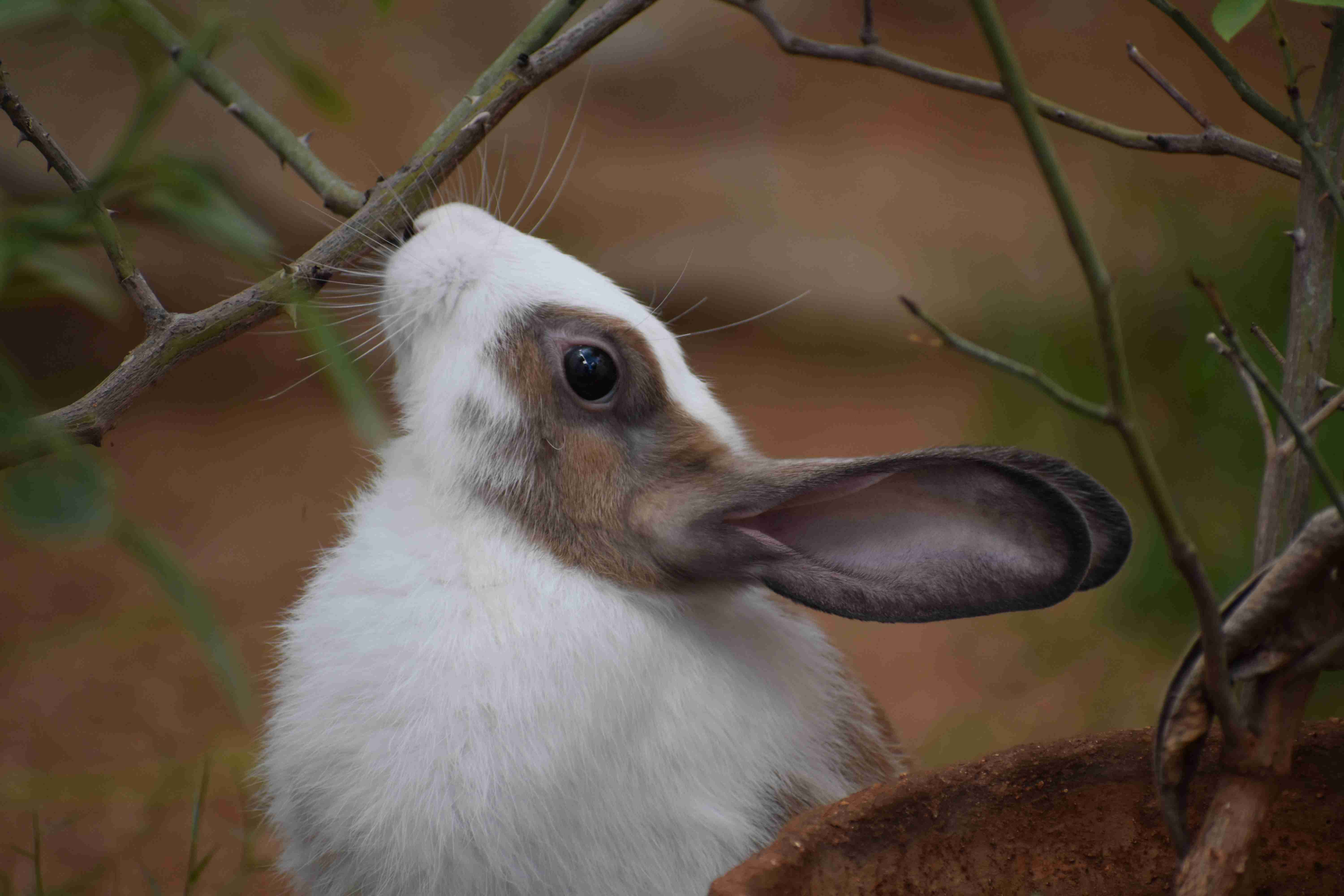
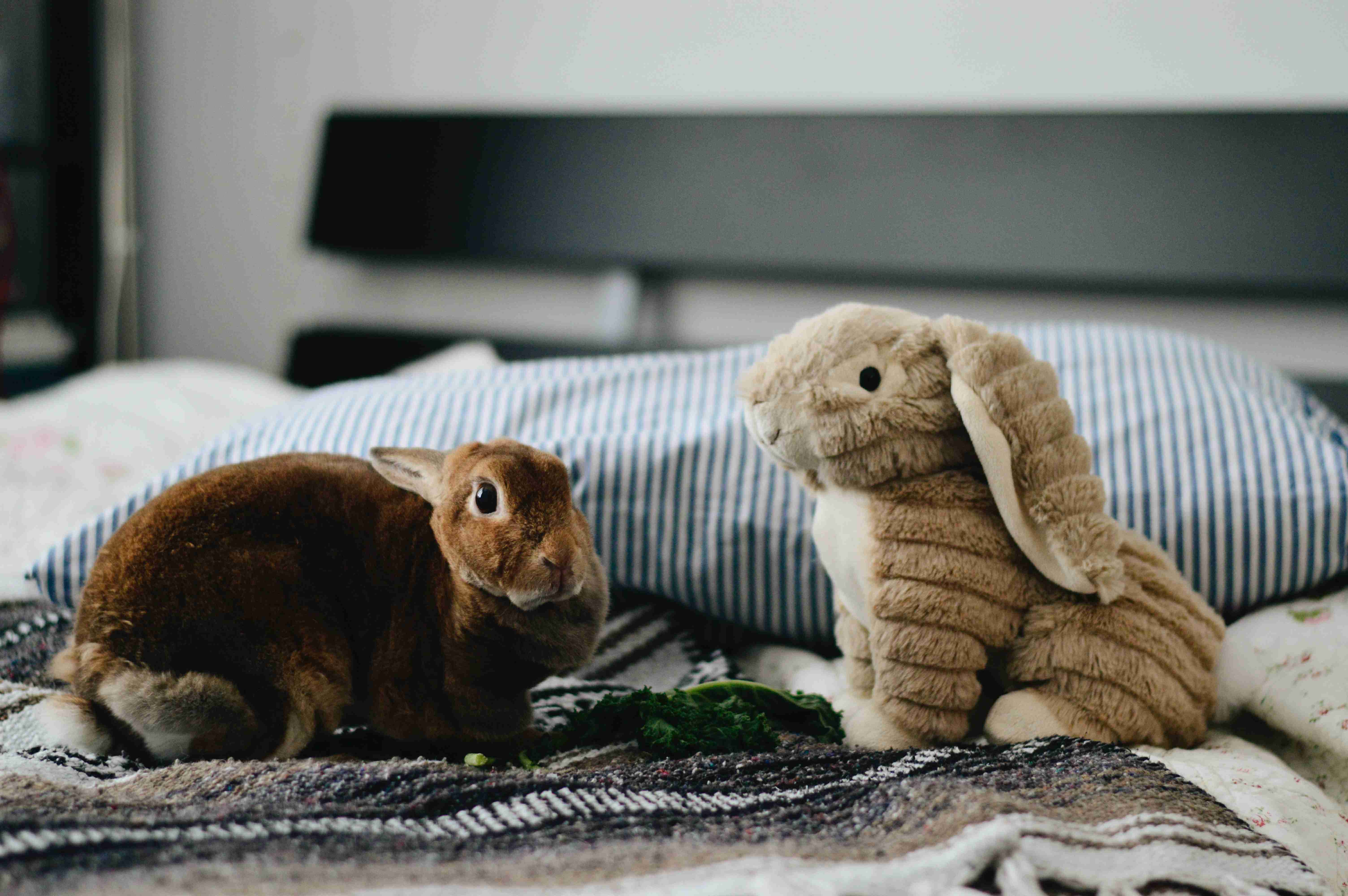
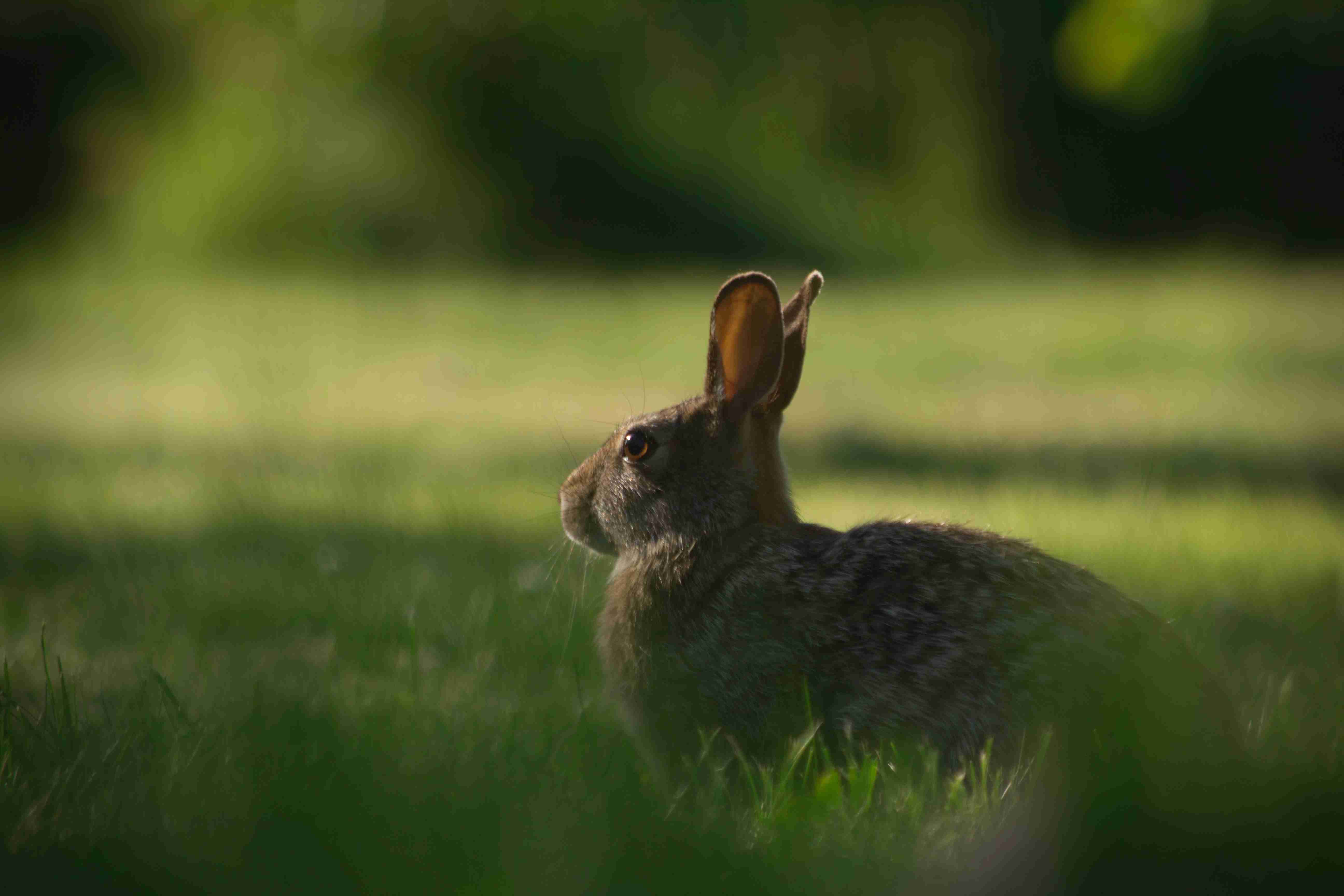
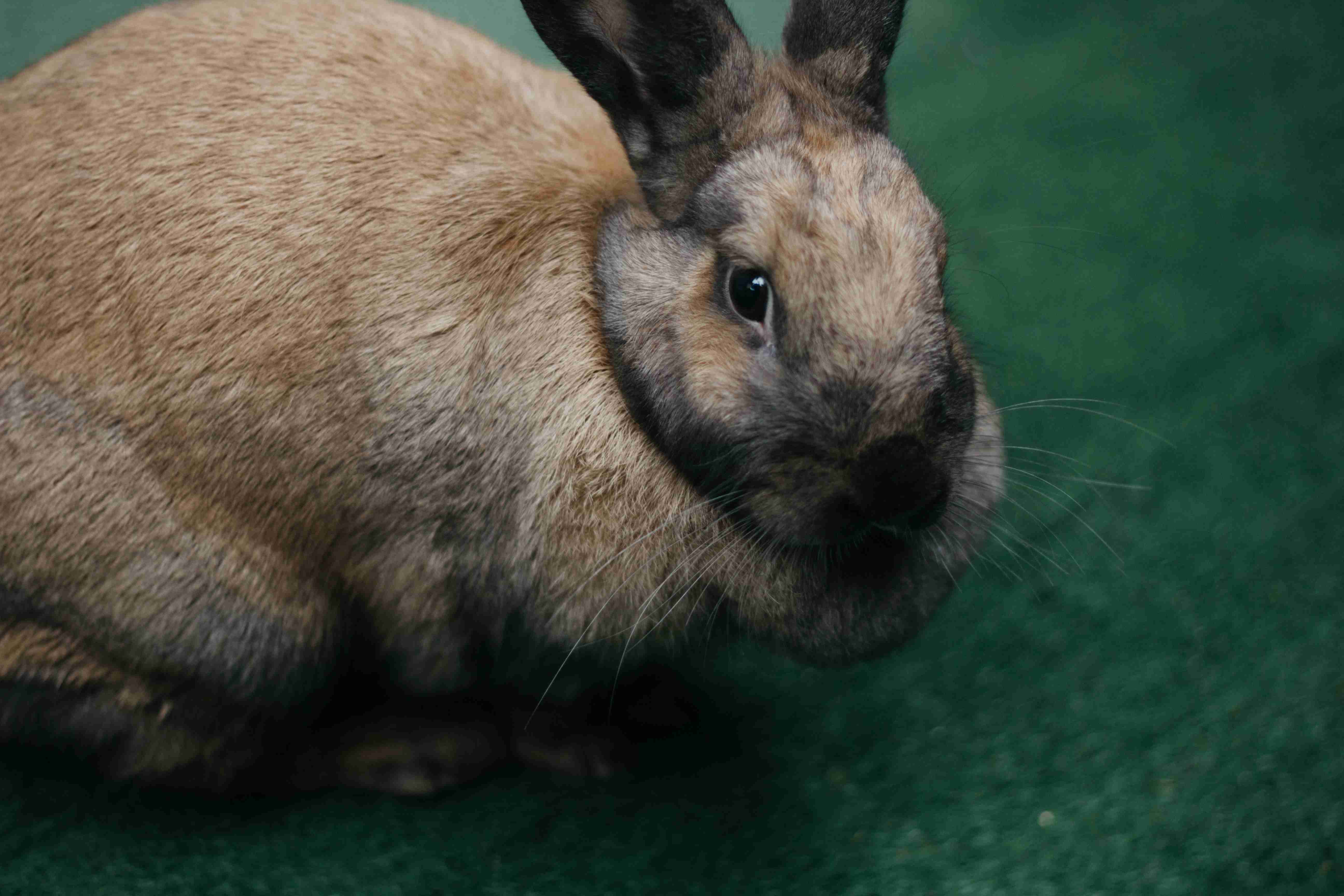
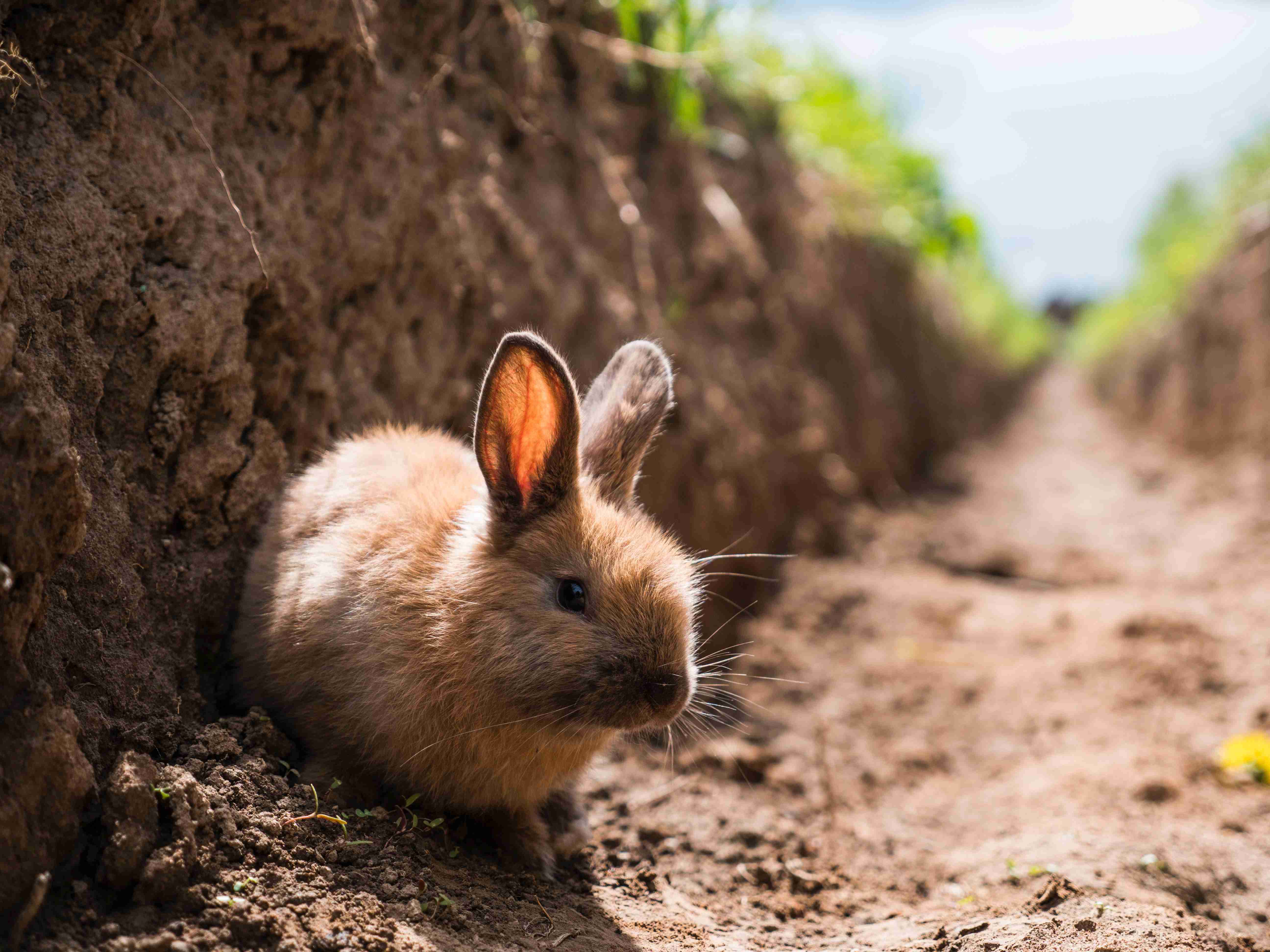
.jpg)